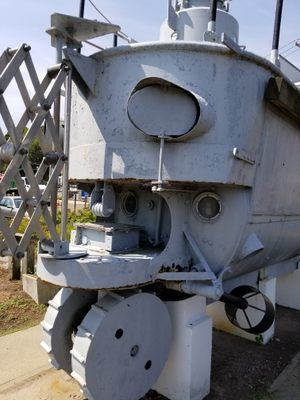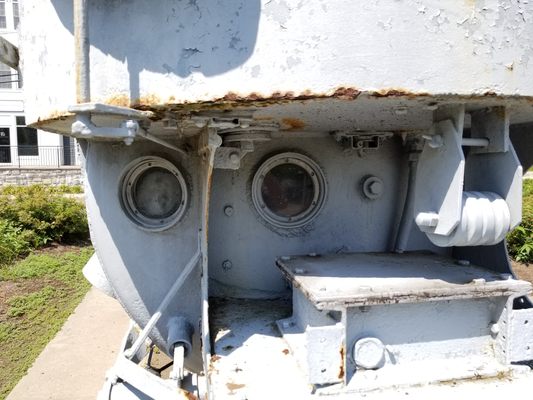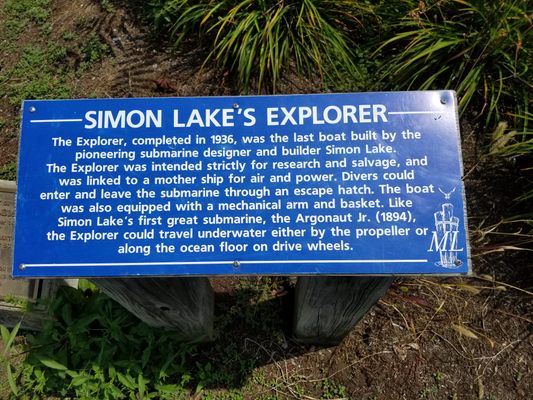About
Inspired by his boyhood love for Jules Verne’s 20,000 Leagues Under the Sea, mechanical engineer Simon Lake constructed his first submarine, Argonaut Junior, in 1894 in response to an open call from the United States Navy for a submarine torpedo boat. In 1898, Lake’s second vessel, Argonaut 1, was the first sub to travel in open waters when he used it to travel from Norfolk, Virginia to Sandy Hook, New Jersey.
The Navy was uninterested in Lake's designs at first, but he did sell several of his subs to Imperial Russia, Germany, and the Austro-Hungarian Empire. During World War I, the government changed its mind and bought a total of 26 subs from Lake’s company based in Milford, Connecticut.
Over the course of his career, Lake developed numerous innovations in submarine technology. Though he primarily wanted to use subs for peaceful purposes such as salvage operations, cargo shipping, and aquaculture, his naval clients were mainly interested in his vessels as weapons of war.
Lake's last sub, Explorer, was built in 1936. It is currently on display at the marine harbor in Milford. Explorer was designed purely for research and salvage missions, and came equipped with a basket and mechanical arm for gathering samples—along with a hatch to allow divers to exit and enter the ship. Explorer could move through open water with a propeller or crawl along the seafloor on a set of drive wheels. It was linked to a mother ship on the surface which supplied air and power.
Related Tags
Know Before You Go
The sub is located next to the Coast Guard Auxillary Flotilla Training Center near the bridge that leads to Fowler Field.
Community Contributors
Added By
Published
August 13, 2021


































































